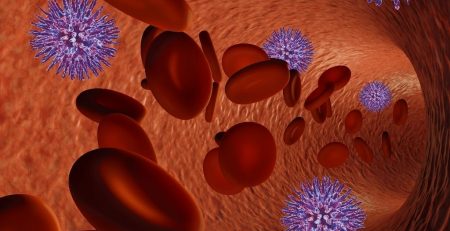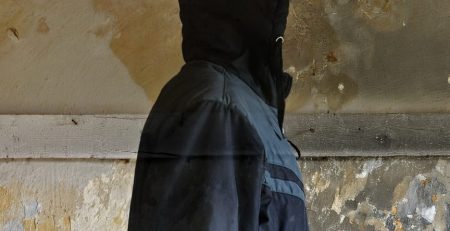Copper Alloy Found To Kill Highly Infectious Viruses, In University of Southampton Study
Researchers at the University of Southampton have discovered much like gold, copper alloys are useful tool to quickly destroy highly infectious Norovirus. Throughout the world, noroviruses are responsible for over 200 million gastroenteritis each year. Within the United Kingdom, noroviruses costs the National Health Service over 100 million per year and up to three thousand people are admitted to the hospital per year.
There’s no specific way of treating an outbreak which regularly shut down hospital wards, which lead to costly deep cleaning and sanitation. In addition, since there are no vaccine often times the hospital staff is depleted due to being out sick. This impact stretches beyond hospitals into other arenas such as hotels, cruise ships and large staffed companies, suffering significant damage to the epidemic when it occurs.
The virus is highly infectious and can be contracted from dirty food or water, person-to-person contact, and interaction with contaminated surfaces, meaning surfaces made from copper could effectively shut down one avenue of infection. The study, which was intended to simulate fingertip-touch contamination of surfaces, showed norovirus was rapidly demolished on copper and its alloys, with those containing more than 60 per cent copper proving particularly effective. Copper alloys have earlier been shown to be effective antimicrobial surfaces against a range of bacteria and fungi. The Southampton research reported rapid inactivation of murine norovirus on alloys, holding over 60 per cent copper, at room temperature but no reduction of infectivity on stainless steel dry surfaces in simulated wet fomite and dry touch contamination. The rate of inactivation was initially very quick and comparative to the copper content of alloy tested. Viral inactivation was not as rapid on brass as previously detected for bacteria but copper-nickel alloy was very effective.
One of the targets of copper’s antimicrobial action was the viral genome and a reduced number of the gene for a viral encoded protein, VPg (viral-protein-genome-linked), which is crucial for infectivity, was observed following contact with copper and brass dry surfaces. Lead author Sarah Warnes, from the Centre for Biological Sciences at the University of Southampton, says, “The use of antimicrobial surfaces containing copper in clinical and community environments, such as cruise ships and care facilities, could help to reduce the spread of this highly infectious and costly pathogen.
“Copper alloys, although they provide a constant killing surface, should always be used in combination with regular and efficient cleaning and decontamination regiments using non-chelating reagents that could inhibit the copper ion activity.” Co-author Professor Bill Keevil, from the University’s Institute for Life Sciences, adds, “Although the virus was identified over 40 years ago, the lack of methods to assess infectivity has hampered the study of the human pathogen. “The virus can remain infectious on solid surfaces and is also impervious to many cleaning solutions. That means it can spread to people who touch these surfaces, causing further infections and maintaining the cycle of infection. Copper surfaces, like door handles and taps, can disrupt the cycle and lower the risk of outbreaks.” The study ‘Inactivation of norovirus on dry copper alloy surfaces’ is published in the latest issue of the journal PLOS ONE. Previous laboratory studies by the University of Southampton have described the rapid death of bacterial, fungal and viral pathogens such as MRSA on copper alloy surfaces and also prevention of antibiotic resistance horizontal gene transfer between pathogens.














